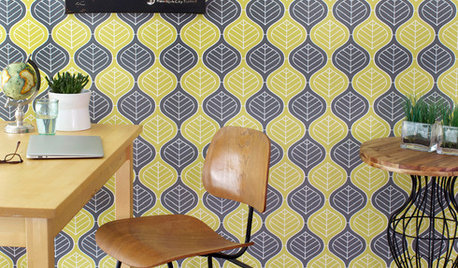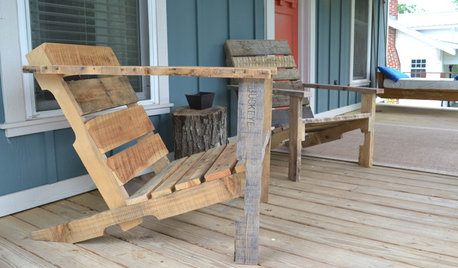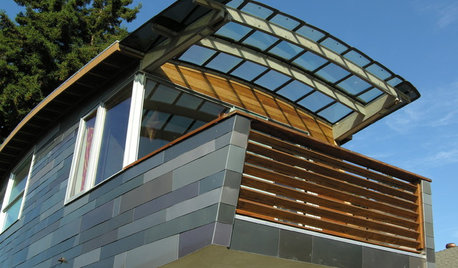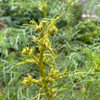It can be fun to breed your own zinnias - Part 17
zen_man
12 years ago
Related Stories

WALL TREATMENTSCan't Find the Right Wallpaper? Make Your Own
For one-of-a-kind walls, just use your imagination. Custom wallpaper is easier and less expensive than you might expect
Full Story
PETSWhat Chihuahuas Can Teach Us About Interior Design
Who knew these tiny dogs could be such a huge fount of design tips? Houzzers did
Full Story
INSPIRING GARDENSWhat We Can Learn From Longwood Gardens’ New Meadow
Sustainability, ecology, native plant communities ... this public garden is brimming with lessons on horticulture for home gardeners
Full Story
GARDENING GUIDES10 Tips to Start a Garden — Can-Do Ideas for Beginners
Green up your landscape even if you're short on time, money and knowledge, with these manageable steps for first-time gardeners
Full Story
WOODWORKINGBuild Your Own Wooden Deck Chair From a Pallet — for $10!
Take the ecofriendly high road with a low-cost outdoor chair you make yourself
Full Story
PETS5 Finishes Pets and Kids Can’t Destroy — and 5 to Avoid
Save your sanity and your decorating budget by choosing materials and surfaces that can stand up to abuse
Full Story
HOME INNOVATIONSHouzz Tour: Meet a Home Made With Minivan Parts
Sawn-off car roofs for the siding, windows popped out of van doors ... this California home is as resourceful as it is beautiful
Full StoryLOFTSHouzz Tour: A Bachelor Pad’s Part II
A designer has a hand in two phases of this movie director’s life and his loft in a landmark Art Deco building in L.A.
Full Story
HOUZZ TVHouzz TV: This Dream Midcentury Home in a Forest Even Has Its Own Train
Original wood ceilings, a cool layout and, yes, a quarter-scale train persuaded these homeowners to take a chance on a run-down property
Full Story
DECORATING GUIDESRelax a Little — Home Decor Should Be Fun
You Have Permission to Create Your Own Unstudied, Flexible Style
Full Story






zen_manOriginal Author
telescody
Related Professionals
New Bedford Landscape Architects & Landscape Designers · Prairie Ridge Landscape Architects & Landscape Designers · Westwood Landscape Contractors · Azalea Park Landscape Contractors · Chelmsford Landscape Contractors · Choctaw Landscape Contractors · Fairhope Landscape Contractors · Golden Gate Landscape Contractors · New Berlin Landscape Contractors · North Richland Hills Landscape Contractors · Clearfield Landscape Contractors · Barrington Driveway Installation & Maintenance · Livingston Decks, Patios & Outdoor Enclosures · Parker Decks, Patios & Outdoor Enclosures · White Bear Lake Decks, Patios & Outdoor Enclosureszen_manOriginal Author
jackier_gardener
zen_manOriginal Author
zen_manOriginal Author
telescody
zen_manOriginal Author
zen_manOriginal Author
jackier_gardener
zen_manOriginal Author
telescody
zen_manOriginal Author
zen_manOriginal Author
andrearere123
zen_manOriginal Author
andrearere123
zen_manOriginal Author
andrearere123
zen_manOriginal Author
telescody
zen_manOriginal Author
telescody
andrearere123
donna_in_sask
zen_manOriginal Author
zen_manOriginal Author
zen_manOriginal Author
andrearere123
andrearere123
zen_manOriginal Author
andrearere123
telescody
zen_manOriginal Author
telescody
zen_manOriginal Author
andrearere123
zen_manOriginal Author
telescody
zen_manOriginal Author
zen_manOriginal Author
telescody
zen_manOriginal Author
zen_manOriginal Author
jackier_gardener
zen_manOriginal Author
zen_manOriginal Author
jackier_gardener
zen_manOriginal Author
zen_manOriginal Author